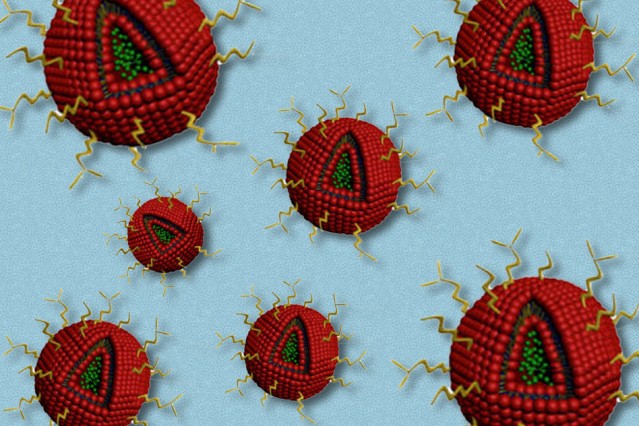Nano particle drug delivery technology could offer hope for difficult-to-treat brain cancer
MIT team develops technology to deliver double punch to glioblastoma multiforme tumour cells
Glioblastoma multiforme is one of the hardest cancers to treat. Affecting the tissues between nerve cells in the brain, it is aggressive and has a very high mortality rate. Very few drugs are available that are effective against it, and those few effective drugs tend to have unpleasant side effects.

Engineers at MIT have now developed a method of smuggling effective drugs into brain tissues to attack glioblastoma cells in two ways. Packed into particles that can cross the blood-brain barrier – a structure that prevents large molecules from reaching brain cells which makes treating brain diseases particularly tricky – are two drugs: one which damages DNA inside the tumour cells, and another which blocks the tumour cells’ own repair systems.
The MIT team includes Prof Paula Hammond, a member of MIT’s Koch Institute for integrative Cancer research, and Scott Floyd, an expert in radiation oncology from Duke University School of Medicine in North Carolina. The research uses nanoparticles based on a design pioneered by Hammond: these are liposomes, hollow spherical shells whose walls are composed of long-chain fatty molecules. These have a significant advantage – the hollow core can be filled with one drug, while the walls can be loaded with another.
Register now to continue reading
Thanks for visiting The Engineer. You’ve now reached your monthly limit of news stories. Register for free to unlock unlimited access to all of our news coverage, as well as premium content including opinion, in-depth features and special reports.
Benefits of registering
-
In-depth insights and coverage of key emerging trends
-
Unrestricted access to special reports throughout the year
-
Daily technology news delivered straight to your inbox










Water Sector Talent Exodus Could Cripple The Sector
Maybe if things are essential for the running of a country and we want to pay a fair price we should be running these utilities on a not for profit...